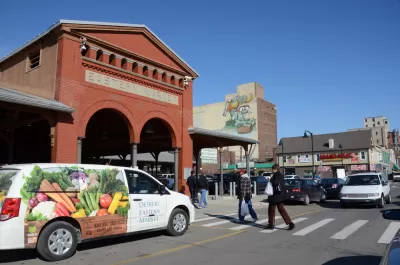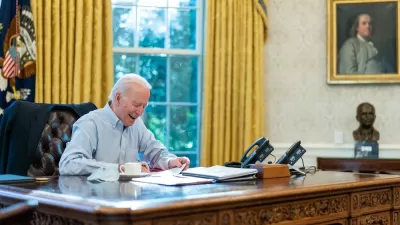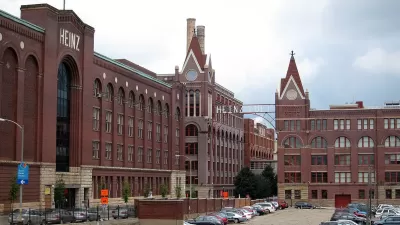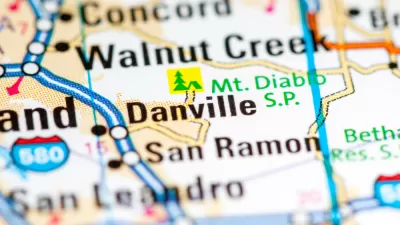Six tips for ensuring that new placed-based funding programs, such as the Build Back Better Regional Challenge, achieve the full potential of a new era of place-based federal investment.

The series of federal stimulus, infrastructure, and inflation bills that have been signed into law by presidents Trump and Biden since the beginning of the pandemic is unprecedented in many ways. According to a recent report by the Brookings Institution, the rare opportunity presented by this spate of new federal investments includes a new focus on place-based initiatives.
“Across the federal government, agencies are launching larger-scale, more in-depth initiatives for accelerating innovation, optimizing supply chains, mitigating climate change, and addressing demographic and geographic inequities,” write Joseph Parilla and Glencora Haskins.
The article cites the Build Back Better Regional Challenge (BBBRC) as the case in point. The Biden administration announced the winners of the BBBRC’s competitive grant process in September 2022, funding 21 projects in 24 states with grants between $25 million and $65 million. To describe the intended focus and effect of the BBBRC, Parilla and Haskins write: “These investments will support the local development of nationally critical technology clusters, and attempt to do so in ways that deliver economic opportunity to traditionally underserved people and communities.”
The article provides six policy design “keys” to unlock the potential of new place-based funding programs, informed by insights from the BBBRC so far, as listed below (with more details in the source article):
- Macro-relevant
- Micro-based
- Network-focused
- Competition-driven
- Leaning-enabled
- Rick-adjusted
The list and the article is taken from a full report published by Brookings in November [pdf].
FULL STORY: Six keys to unlocking a new era of place-based federal investment

Planetizen Federal Action Tracker
A weekly monitor of how Trump’s orders and actions are impacting planners and planning in America.

San Francisco's School District Spent $105M To Build Affordable Housing for Teachers — And That's Just the Beginning
SFUSD joins a growing list of school districts using their land holdings to address housing affordability challenges faced by their own employees.

The Tiny, Adorable $7,000 Car Turning Japan Onto EVs
The single seat Mibot charges from a regular plug as quickly as an iPad, and is about half the price of an average EV.

Seattle's Plan for Adopting Driverless Cars
Equity, safety, accessibility and affordability are front of mind as the city prepares for robotaxis and other autonomous vehicles.

As Trump Phases Out FEMA, Is It Time to Flee the Floodplains?
With less federal funding available for disaster relief efforts, the need to relocate at-risk communities is more urgent than ever.

With Protected Lanes, 460% More People Commute by Bike
For those needing more ammo, more data proving what we already knew is here.
Urban Design for Planners 1: Software Tools
This six-course series explores essential urban design concepts using open source software and equips planners with the tools they need to participate fully in the urban design process.
Planning for Universal Design
Learn the tools for implementing Universal Design in planning regulations.
Smith Gee Studio
City of Charlotte
City of Camden Redevelopment Agency
City of Astoria
Transportation Research & Education Center (TREC) at Portland State University
US High Speed Rail Association
City of Camden Redevelopment Agency
Municipality of Princeton (NJ)





























